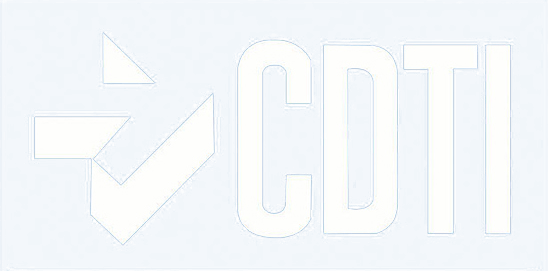
Understanding the SaaS Model: what is and advantages of its use
We can describe SaaS or Software as a Service as a software distribution model where the software and its data are hosted on servers of an Information and Communication Technology (ICT) company, which the clients can access via the Internet.
Explained in another way, SaaS offers users the ability to connect to applications hosted in the cloud over the Internet and operate with them without the need for a client systems support. By opting for this model, the employees of an organization can remotely access the entire infrastructure of the organization simply through the Internet.
Compared to the traditional model, where the software was purchased and installed locally on the client’s device, with the SaaS model, the software is hosted in the cloud and can be accessed via the Internet by subscription. All the typical elements of a software, from the scripts to the codes and algorithms, as well as the part of the hardware in the form of servers and the structures that host them, remain unchanged and are managed and maintained by the software provider.
It should be noted that the SaaS model and cloud technology are naturally not the same, but they are closely related to each other. By cloud we generally mean the complex technology behind the software infrastructure. It is a set of computers, servers and databases united so that users can access and use their resources. By SaaS we specifically mean software applications delivered through the cloud. Thanks to the widespread growth in cloud accessibility, SaaS developers are simpler, faster, and less expensive to deploy applications than traditional on-premises software development.
Advantages of the SaaS model
- Compatibility with all devices, only Internet connection is needed
- Updates are automatic and generally managed by the software provider.
- Accessible from anywhere.
- There are no hardware costs nor upfront setup costs.
- You only pay for what you use.
- Usage is scalable, no need to install new software to access memory and additional services.
- Applications can be customized to suit the brand and the needs of users.
Application of the SaaS model
Some organizations are often reluctant to replace existing systems as they might believe that deployment in the cloud makes their organization more vulnerable to security problems that would be avoided by using local software. This is a wrong premise made by many companies, since hosting software platforms requires the participation of the strongest partners in the business that offer far superior security measures than most companies can maintain in their own server rooms or data centers.
On the other hand, there is the fear of losing control over the data. Deployment in the cloud would be comparable to hosting in a local environment. In fact, the control of applications, data or any other information is complete with the added advantage that by using a SaaS model we will be entrusting the security and maintenance functions to the best professionals in the world and can also modify the necessary capacity immediately.
SaaS in the workplace safety sector
ENGIDI offers an IoT Platform for data visualisation to allow the Occupational Health and Safety Managers to have a global vision and a complete control of the status of the workers. The data is sent through IoT connectivity, a specific technology designed for the Internet of Things, aiming to provide tools to convert the monitoring of workers into an asset for the prevention of occupational hazards through data analytics to extract behavioural patterns.
Share this article on your Social Media:
